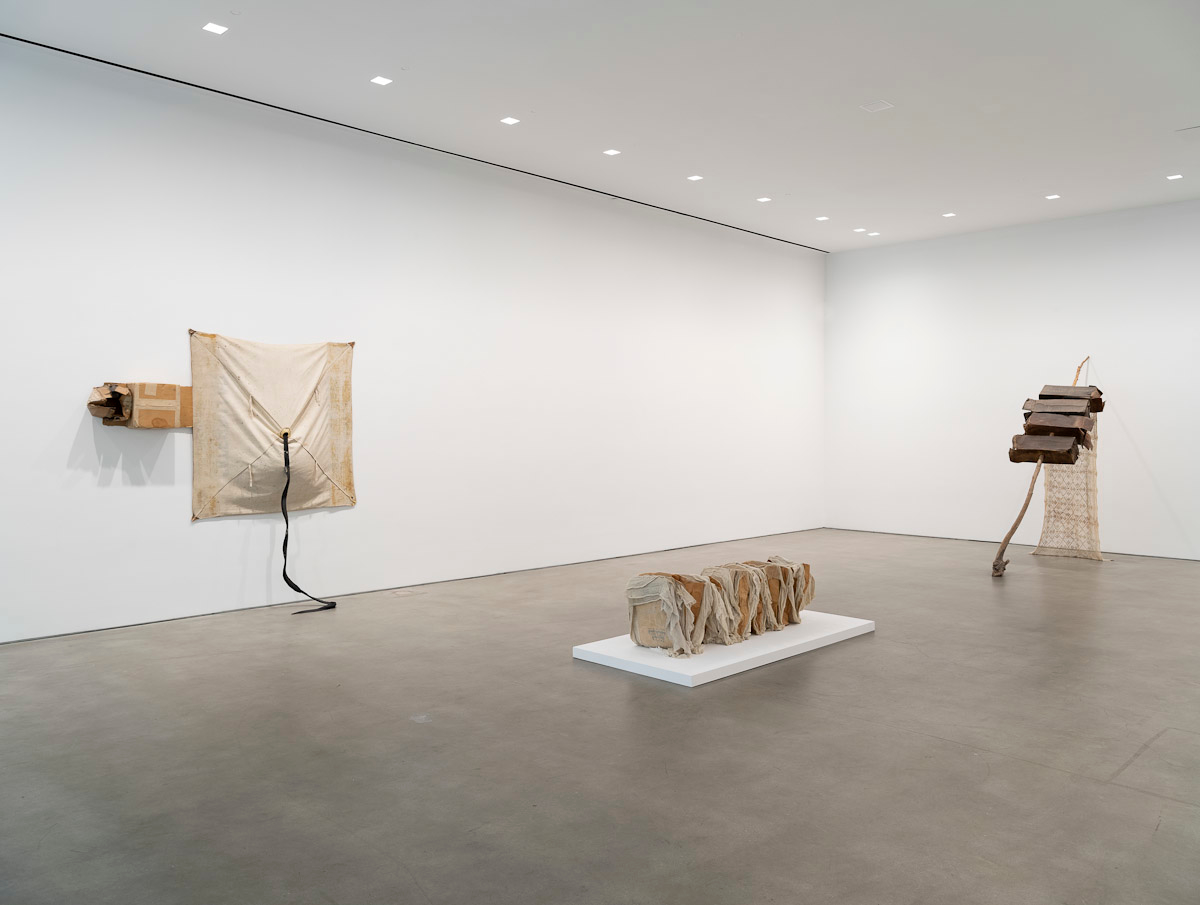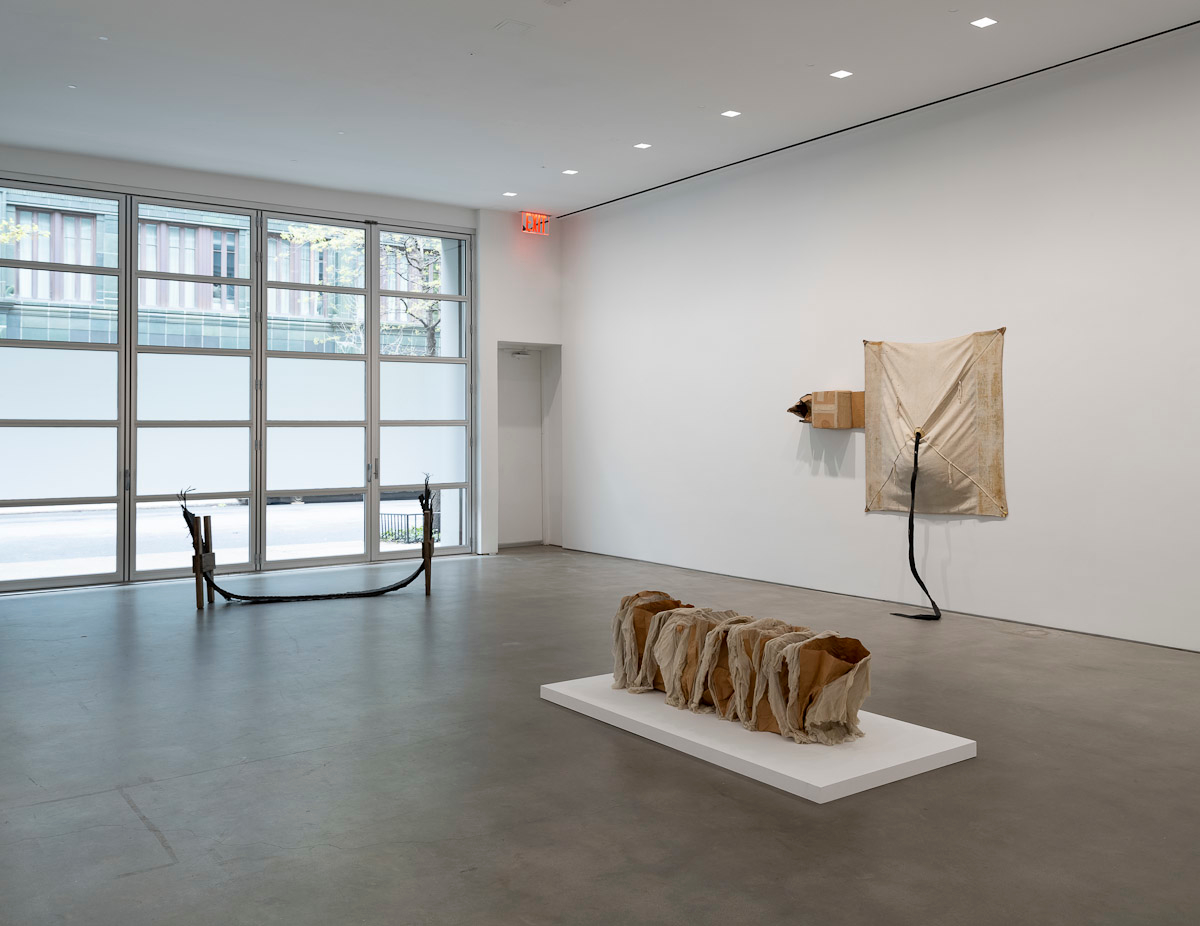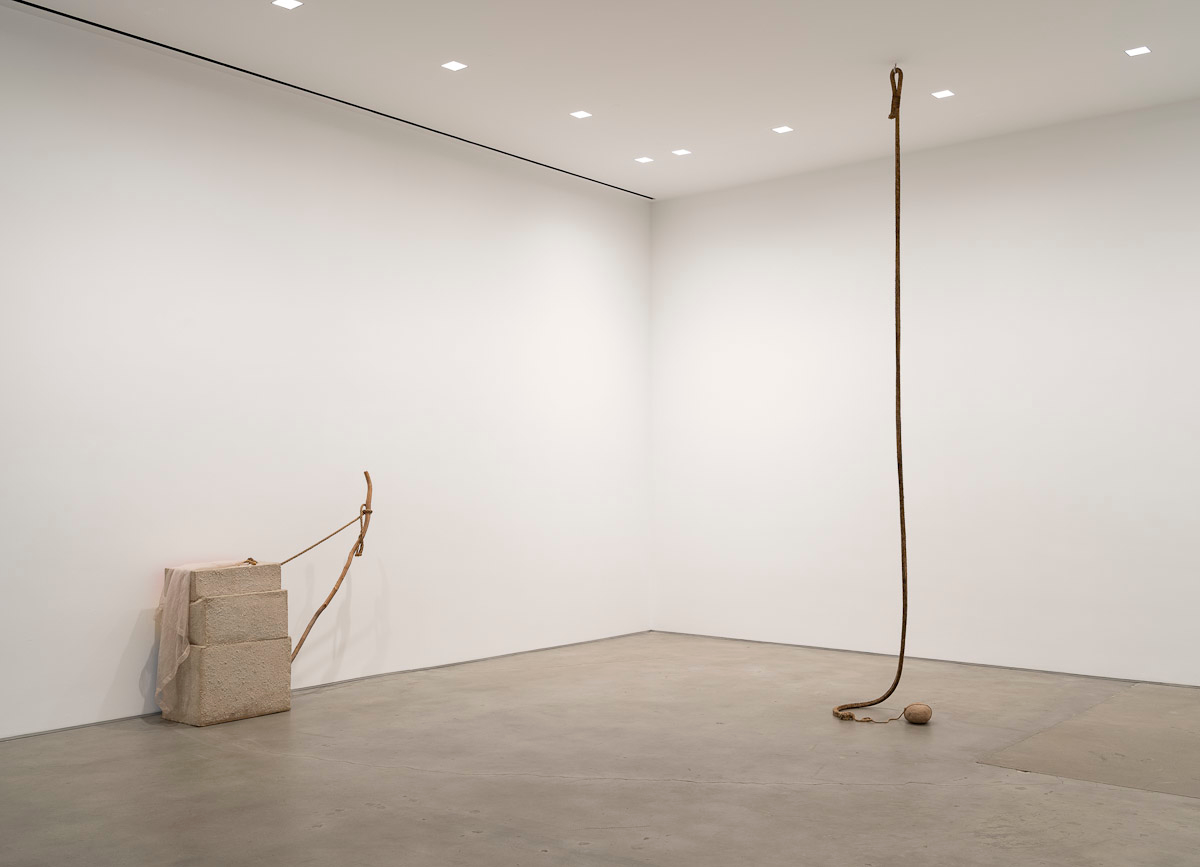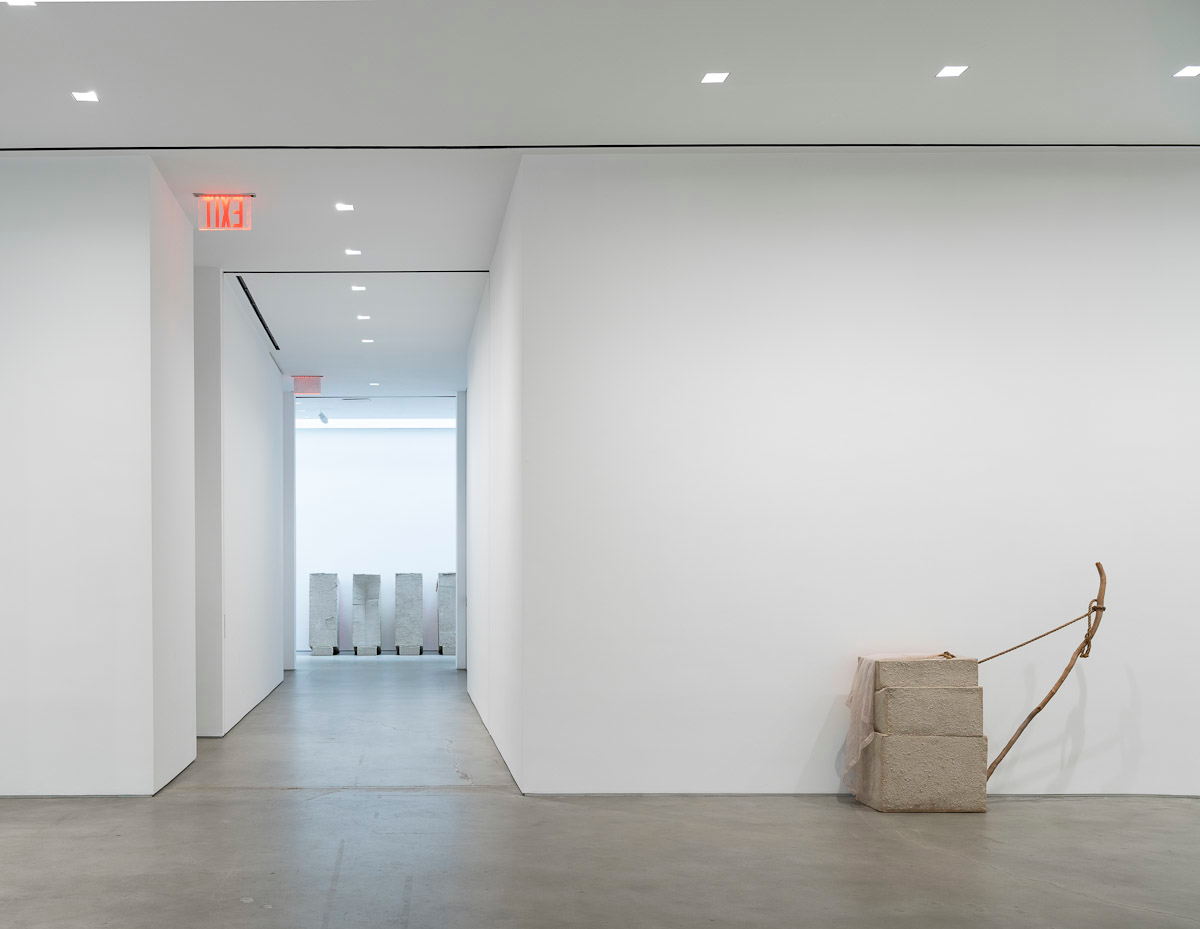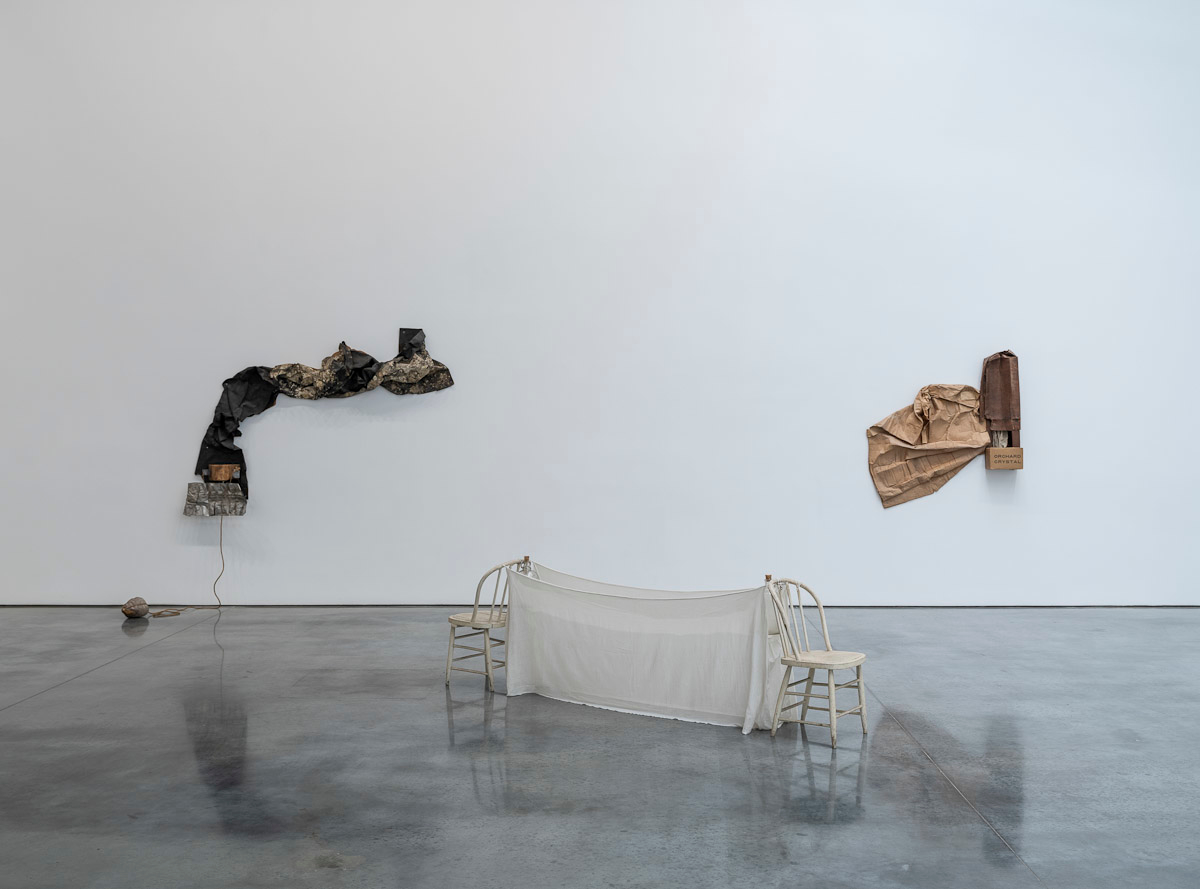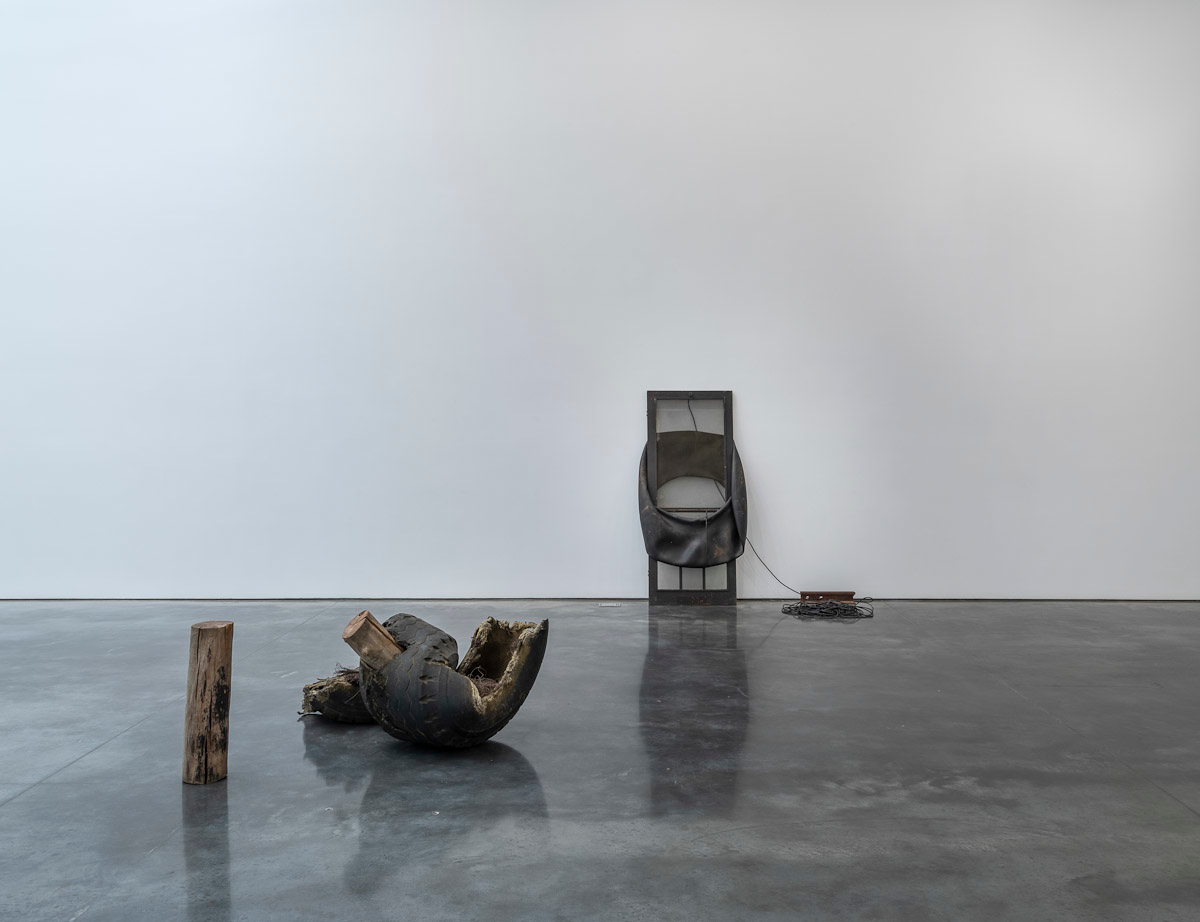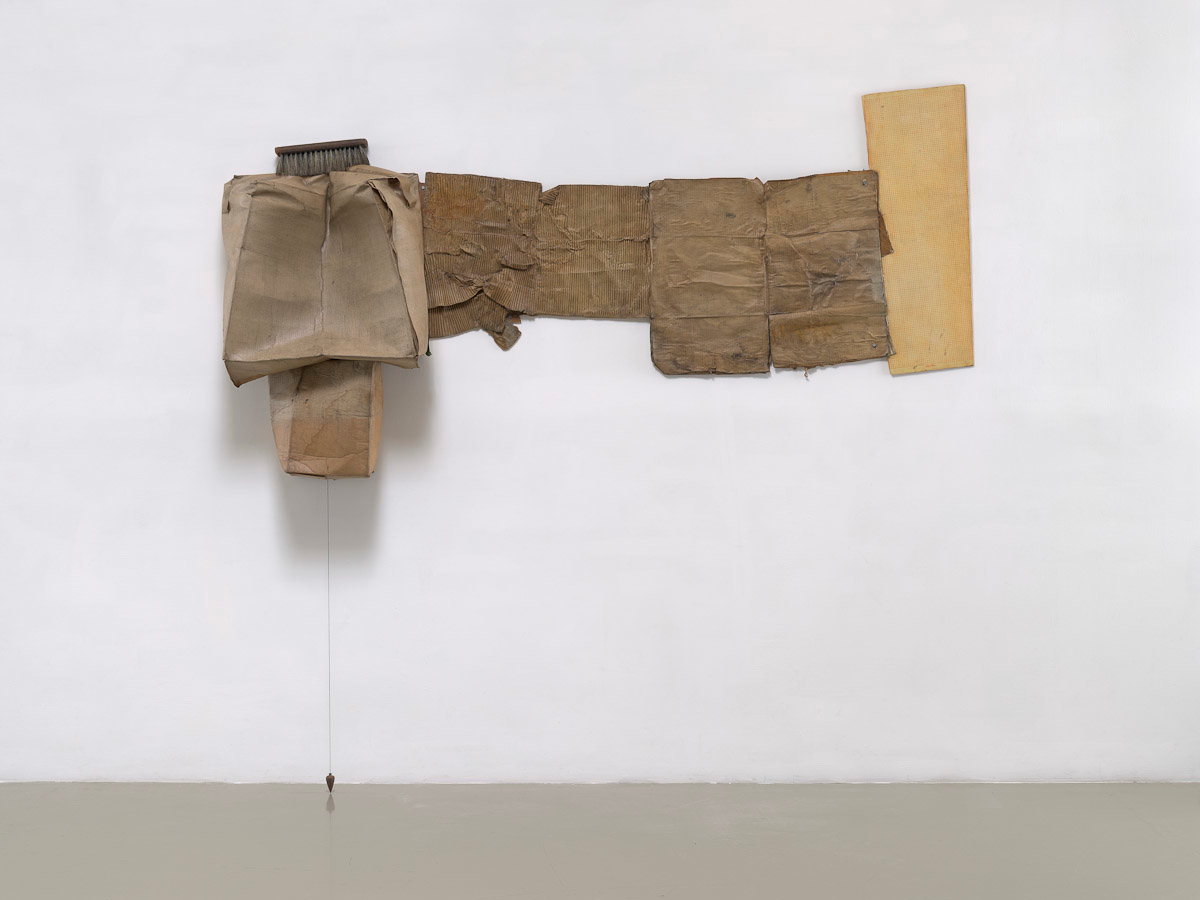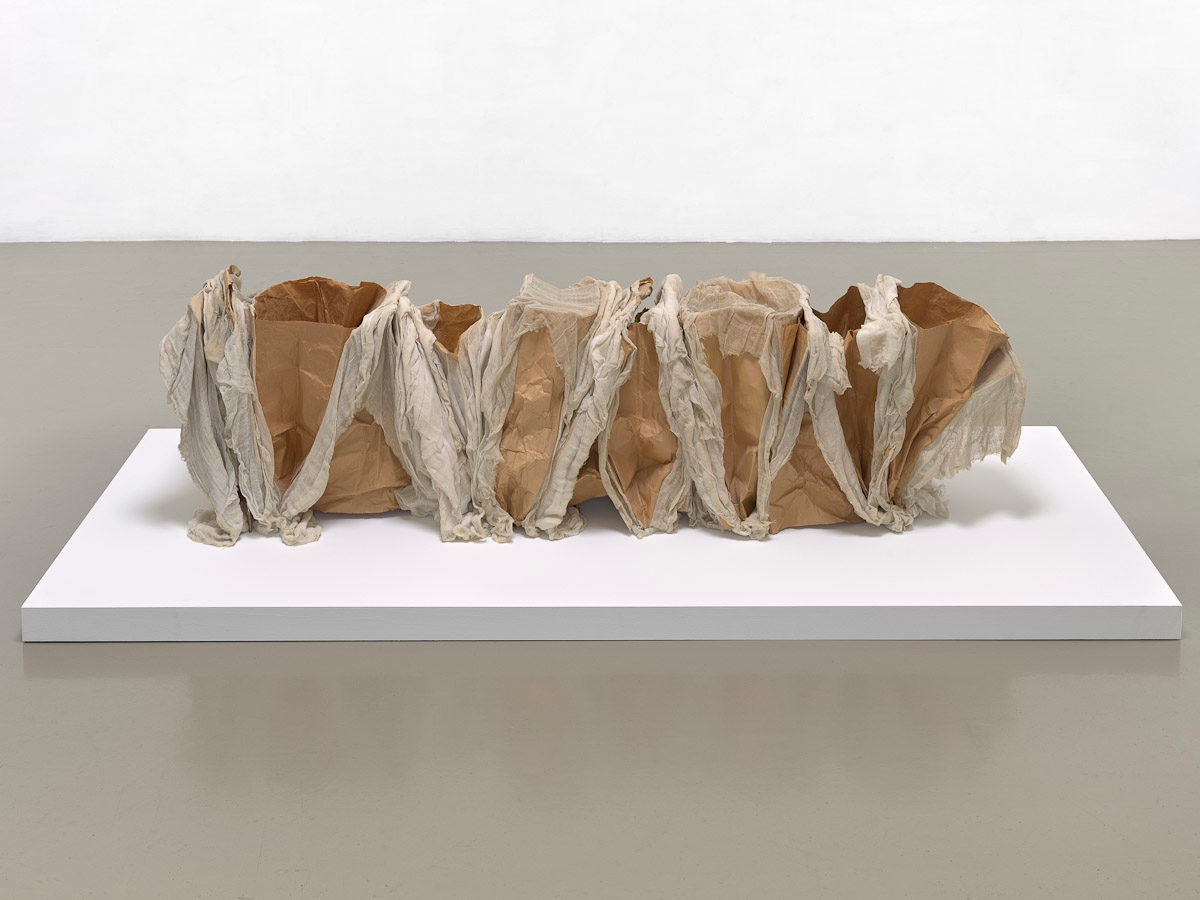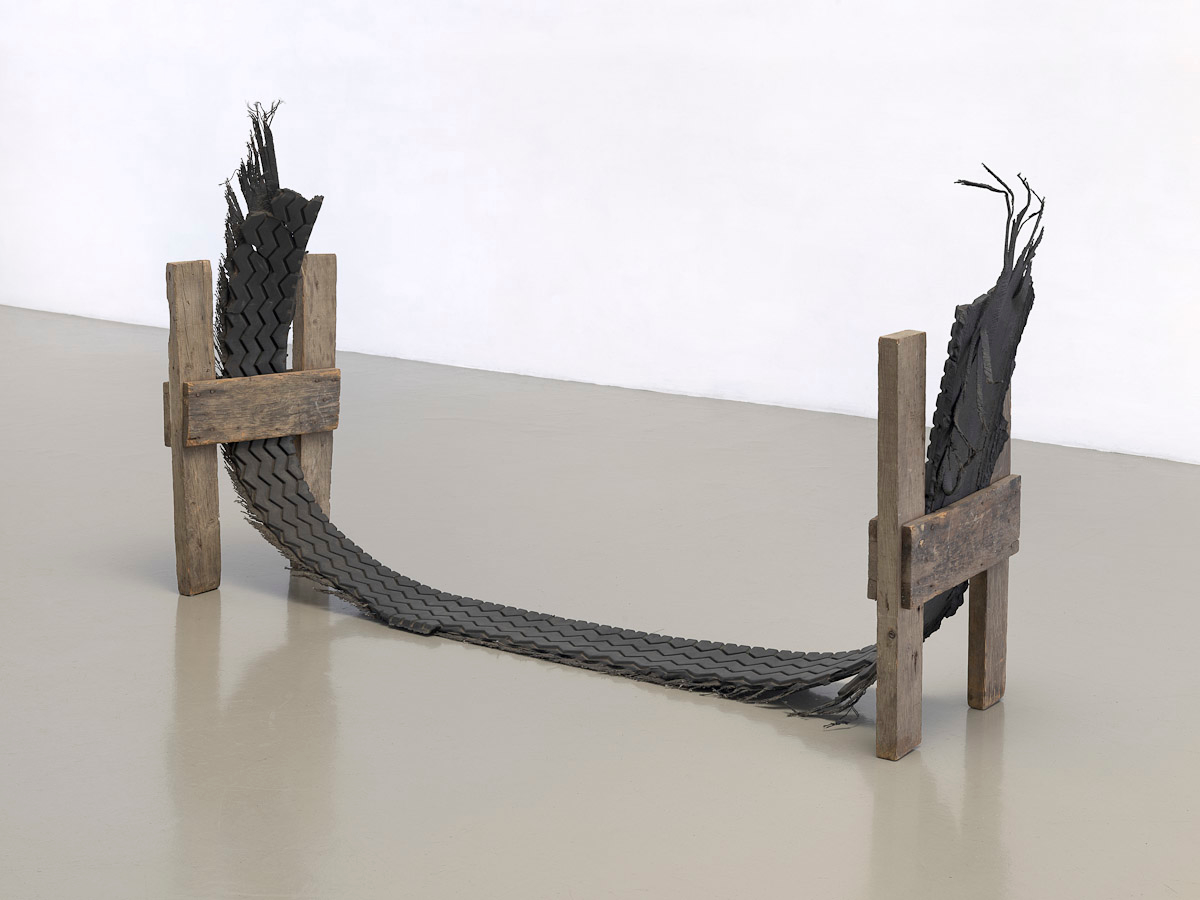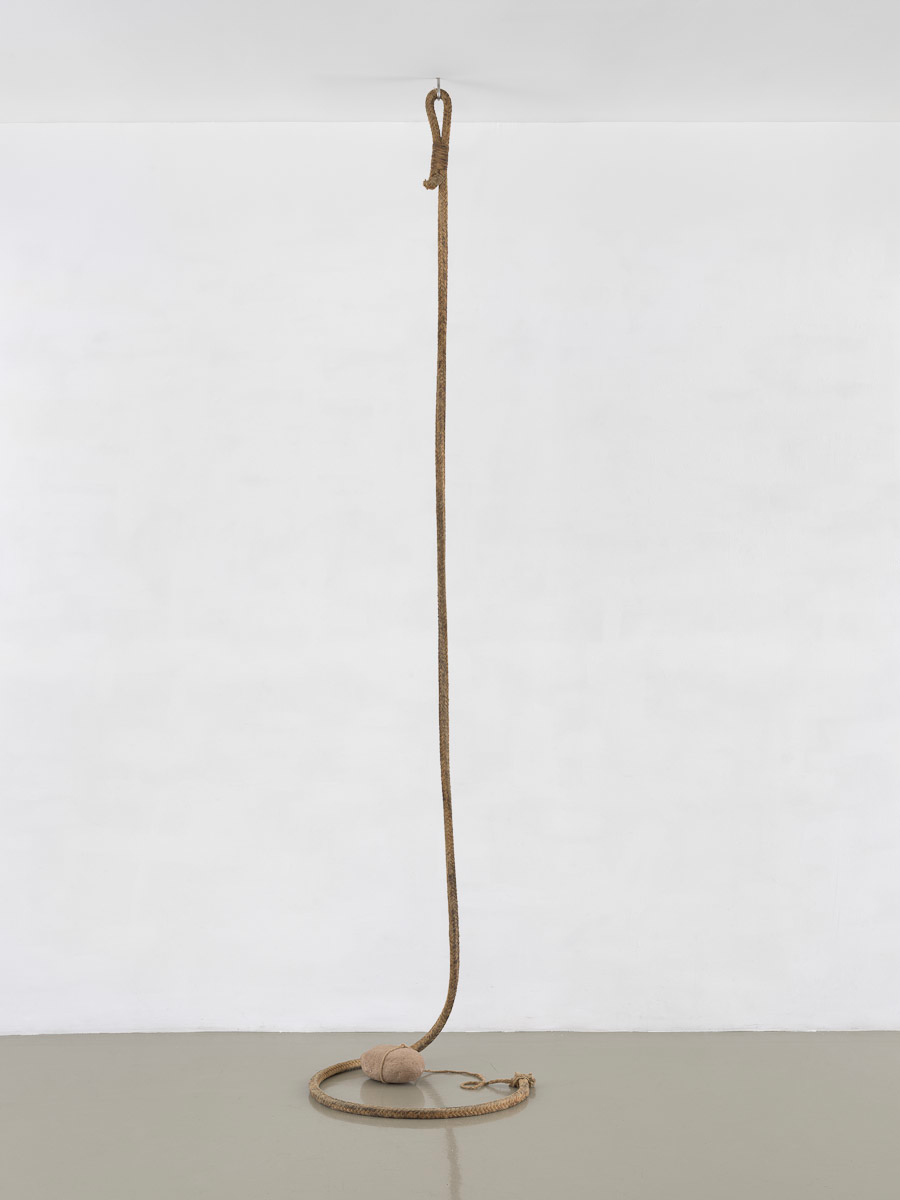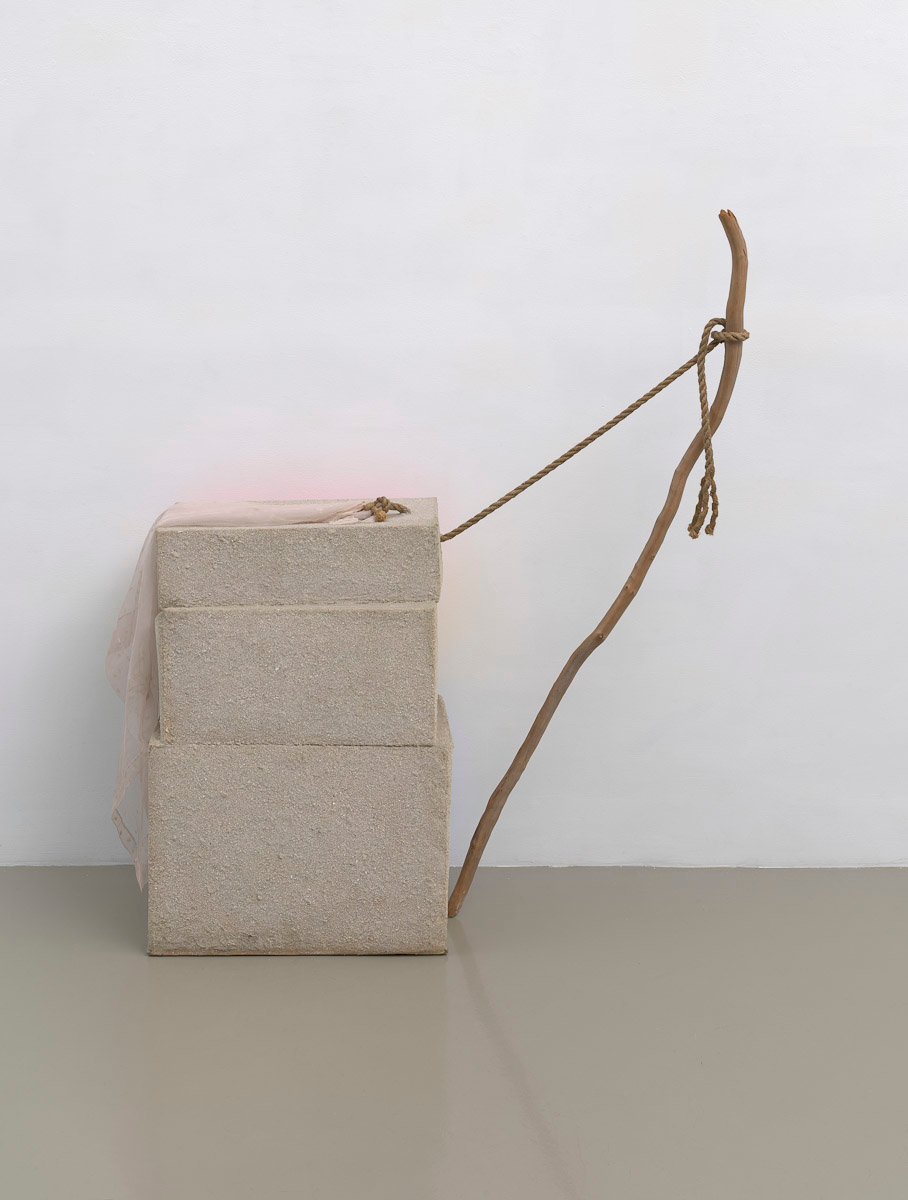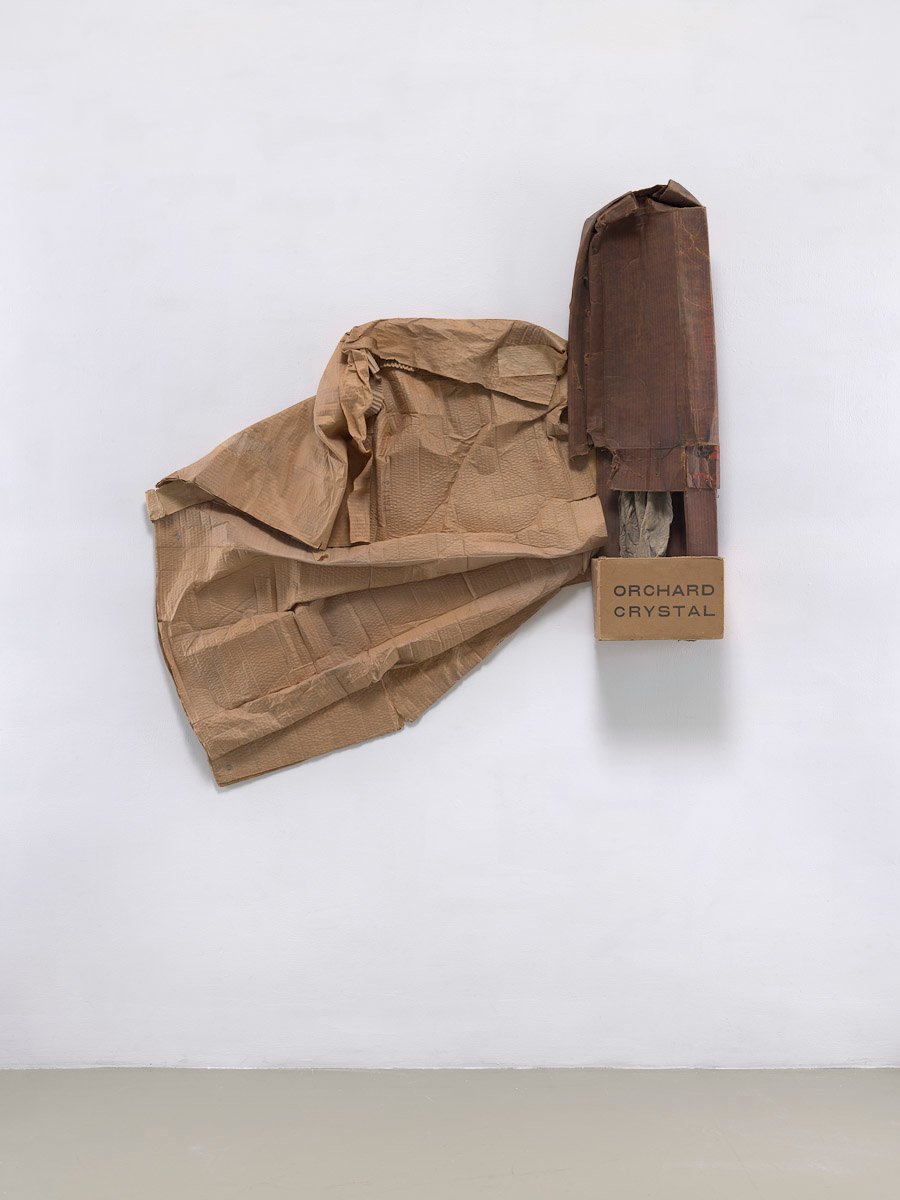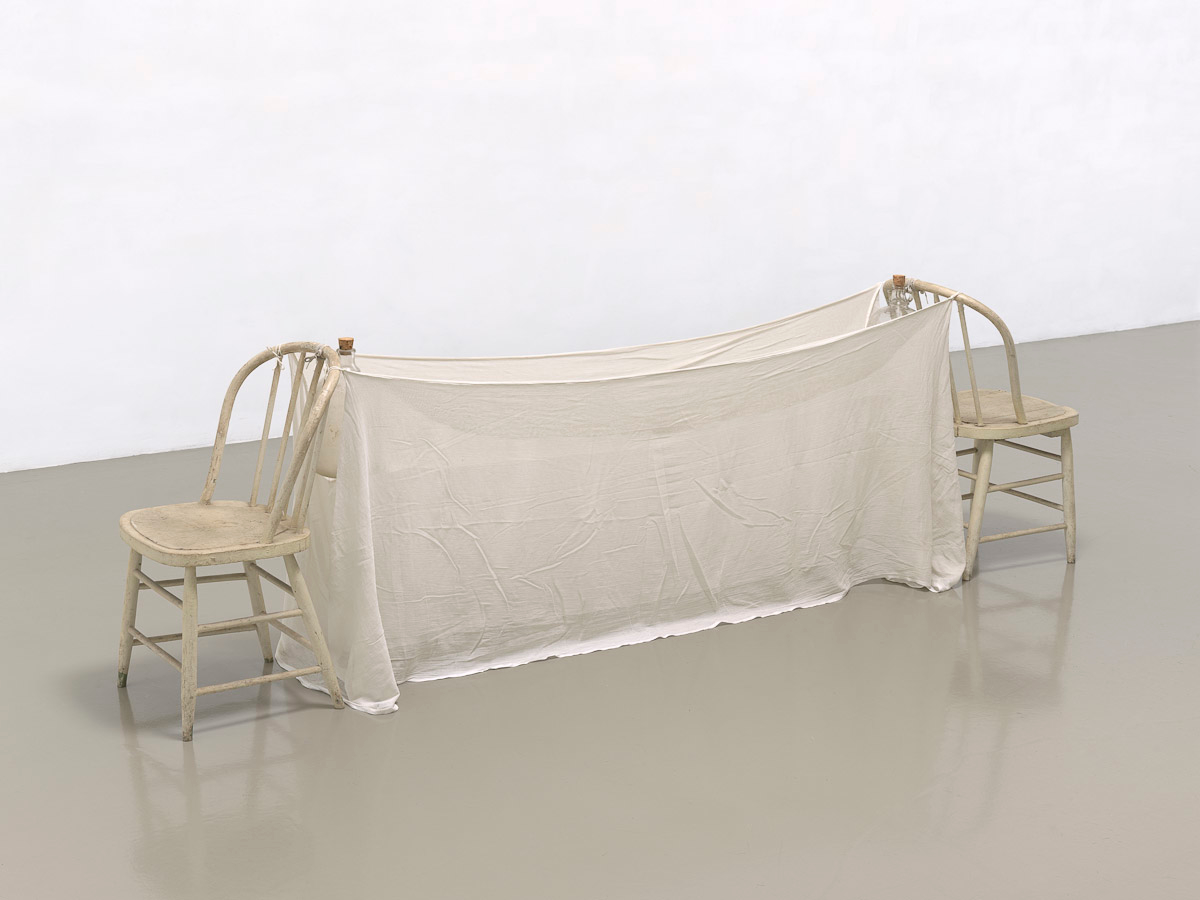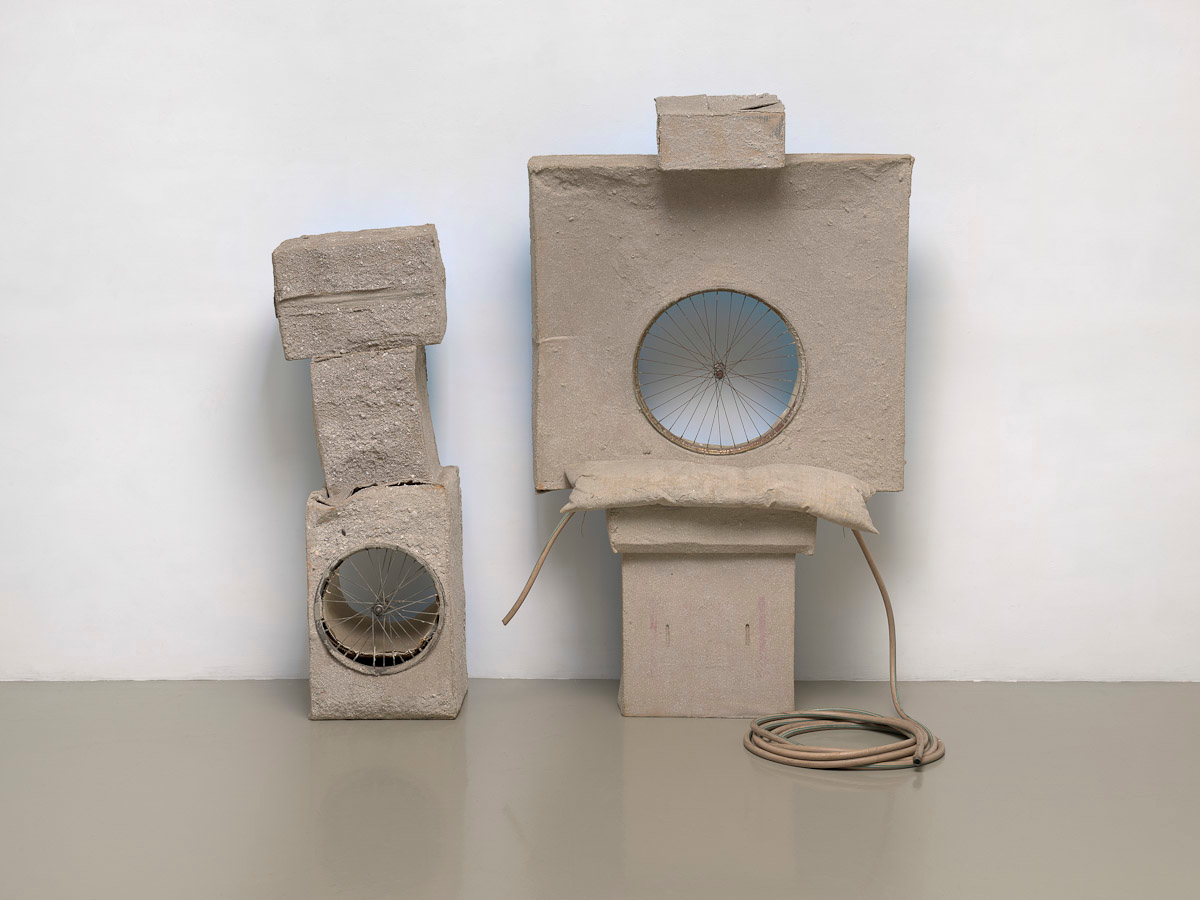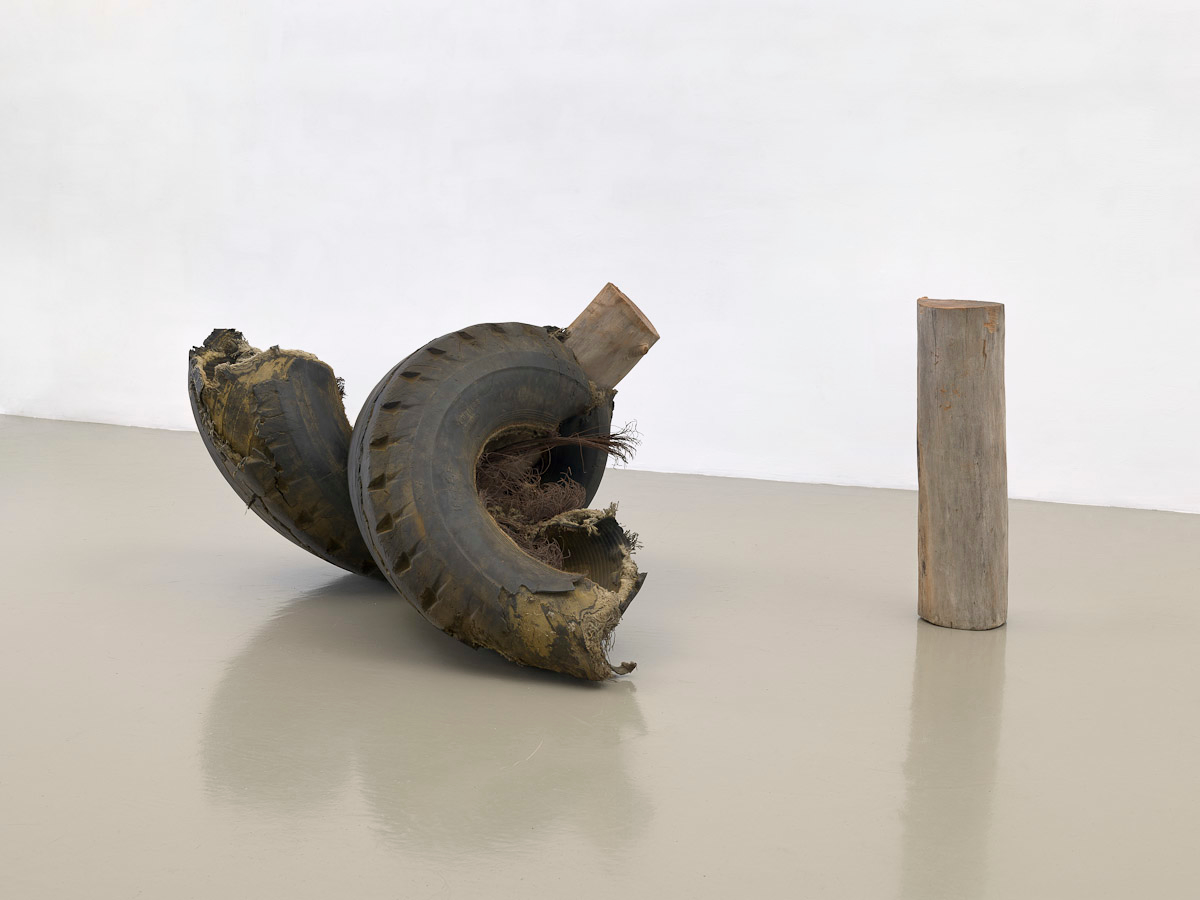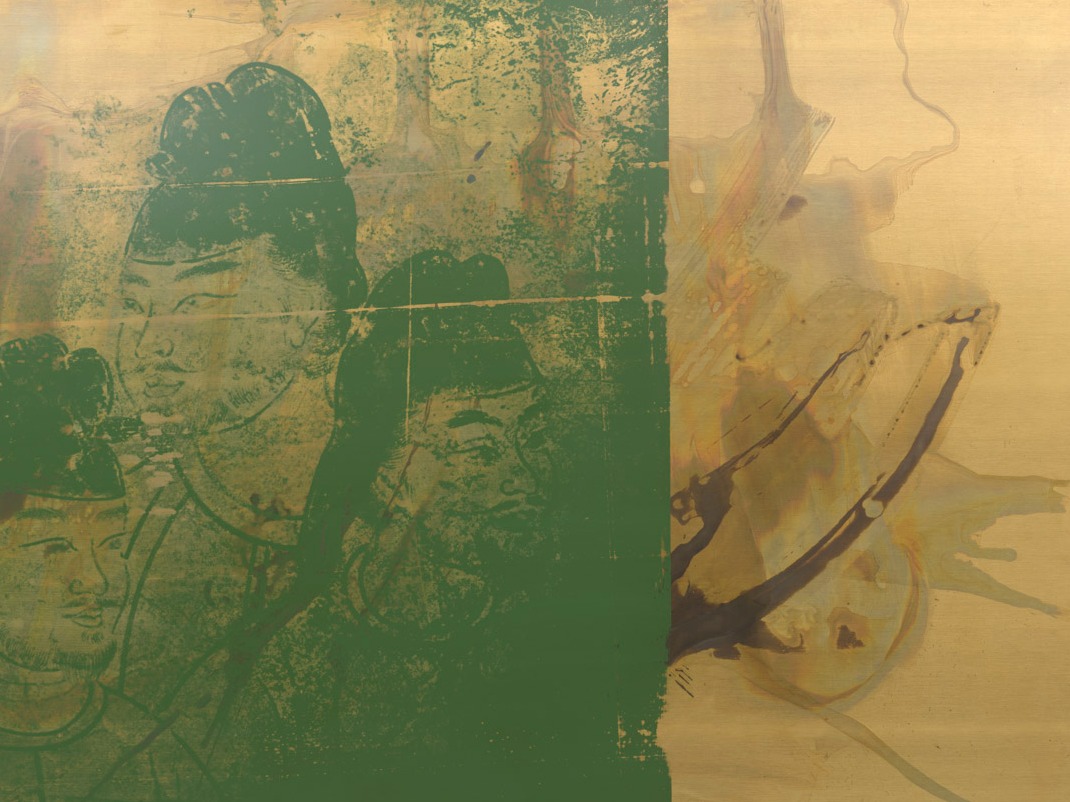Venetians and Early Egyptians, 1972-1974
May 4 — June 18, 2022
New York: 24th Street
New York: 21st Street
In collaboration with the Robert Rauschenberg Foundation, Gladstone presents an exhibition of rarely seen sculptural works from the height of Rauschenberg’s oeuvre. Spread across Gladstone’s Chelsea galleries, this show reveals Rauschenberg’s significant place in helping to define the history of post-Minimalist sculpture, seeing beyond what others decided should be the limits of art.
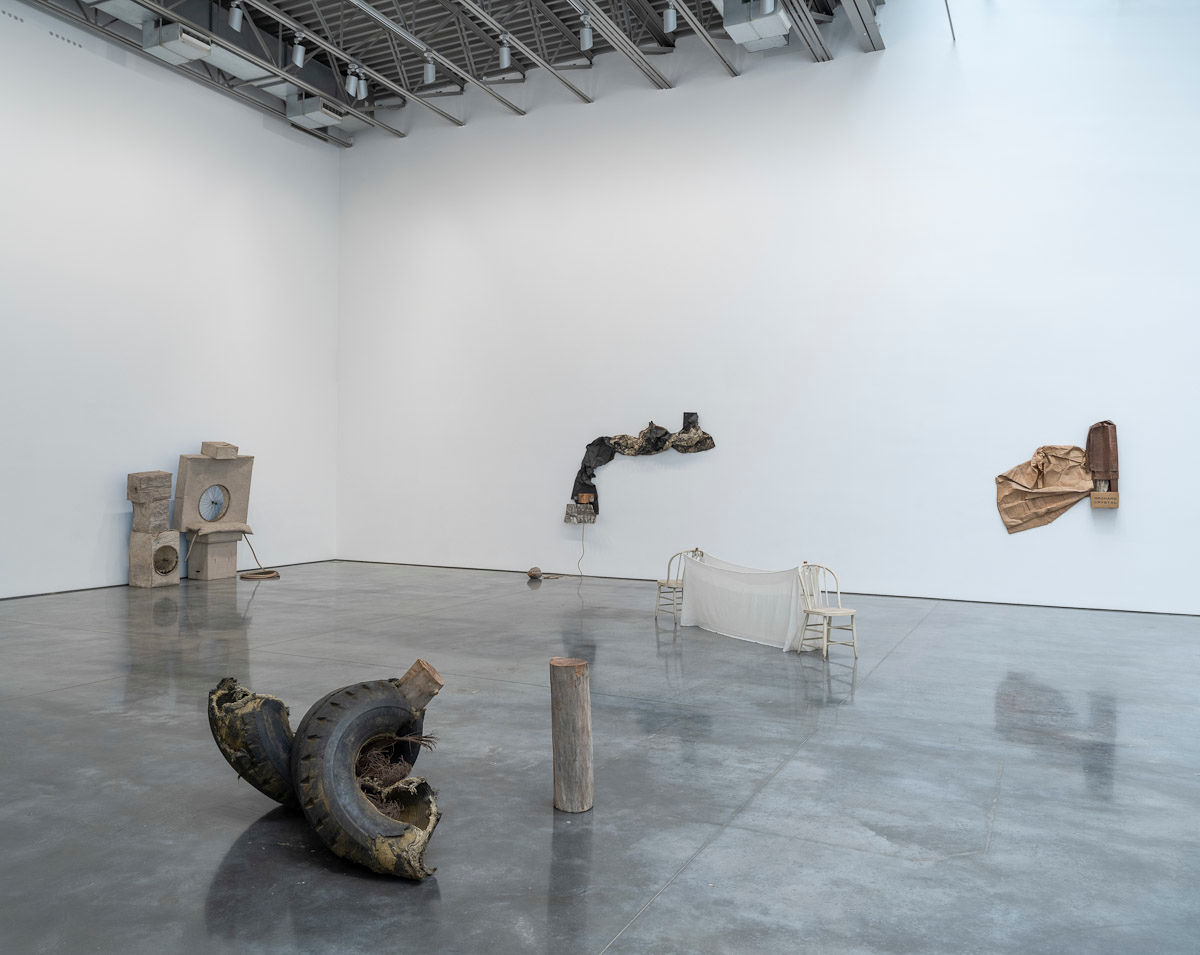
Installation
Work
About
Born on October 22, 1925 in Port Arthur, Texas, Robert Rauschenberg worked in what he called the gap between art and life. Over the course of his sixty-year career, Rauschenberg’s art embodied a spirit of experimentation with new materials and techniques. Dubbed an enfant terrible for his assemblages of urban detritus (the Combines of 1954–64), Rauschenberg continued exploring many different mediums and technological advancements in the years following his 1970 decampment to Captiva Island in the Gulf of Mexico, off the Florida coast. Although he demurred from affiliations with any particular movement, he has been called a forerunner of essentially every postwar artistic development since Abstract Expressionism.
In addition to his own artmaking practice, Rauschenberg became an advocate for artists and the creative community at large. In September 1970, he founded Change, Inc., a non-profit organization that helped artists with emergency expenses. From 1984–91, he personally funded the Rauschenberg Overseas Culture Interchange (ROCI), traveling to ten countries outside of the United States to spark cross-cultural dialogue through art.
Rauschenberg died on May 12, 2008 in his Captiva studio. His artistic legacy and his lifelong commitment to collaboration with artists, performers, writers, artisans, and engineers worldwide was recognized long before his death. His expansive artistic philosophy lives on through his highly innovative and influential work to the present day.
More on Robert Rauschenberg
